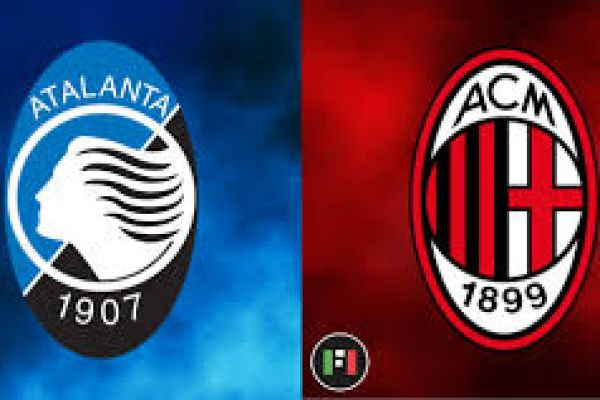The fixture between Atalanta and AC Milan has become a modern classic in Italian football, transforming from a traditional regional rivalry into a crucial clash for European qualification and, occasionally, Scudetto contention. Often dubbed the "Lombardy Derby," this match pits Gian Piero Gasperini’s relentless tactical system against the individual quality and historical pedigree of the Rossoneri.
The Modern Rivalry and Historical Significance
While the historic Derby della Madonnina (Inter vs. Milan) remains Milan’s biggest rivalry, the Atalanta fixture has taken on immense significance in the last decade. Atalanta’s aggressive, often spectacular style of play, which led to multiple top-four finishes and Champions League appearances, put them in direct competition with Milan.
Key moments often define this rivalry:
High-Scoring Thrillers: Matches between the two sides rarely end quietly, often featuring numerous goals and end-to-end action, driven by Atalanta’s high-risk, high-reward approach.
The Scudetto Factor: The penultimate game of the 2021/22 season, where Milan beat Atalanta 2-0 at San Siro, was a vital step toward securing the Scudetto, adding fresh significance to future meetings.
Tactical Breakdown: Clash of Systems
The game is a fascinating test of two distinct and disciplined tactical philosophies.
Atalanta: High-Intensity Pressure
Under Gasperini, Atalanta typically employs a 3-4-3 or 3-4-2-1 formation. The tactical keys for La Dea are:
Aggressive Man-Marking: Atalanta’s midfielders and defenders aggressively man-mark across the pitch, aiming to suffocate opponents and force turnovers deep in the opposing half.
Wing-Back Overlap: The wing-backs (e.g., Zappacosta, Maehle/Ruggeri) are vital, providing width and overwhelming the opposition full-backs, turning the 3-4-3 into a five-man attack.
Forward Rotation: The three forwards constantly interchange positions, making them difficult to track for Milan’s center-backs.
AC Milan: Structure and Pace
AC Milan, generally playing a 4-2-3-1 under Stefano Pioli, relies on rapid transition and exploitation of space created by key players.
Wing Superiority: The battle on the flanks is paramount. Milan relies heavily on the pace and dribbling ability of players like Rafael Leão to beat the Atalanta wing-backs and attack the open space behind the three-man defense.
Midfield Stability: The central midfield duo must be exceptional to manage Atalanta’s pressing. They need clean passing to bypass the press and protect the back four from quick counters.
Depth and Clinical Finishing: Against a high-pressing team, Milan must be clinical with their chances. The high-risk nature of Atalanta’s system often creates high-value goal-scoring opportunities for Milan's forwards if they can penetrate the first line of pressure.
Key Player Matchups
The outcome often hinges on specific duels across the pitch:
Rafael Leão vs. Atalanta's Right Wing-Back/Centre-Back: If Leão can consistently isolate and beat the wing-back, he can force a central defender out of position, destabilizing the entire backline.
Midfield Engine vs. Engine: The battle between Milan's central pivot (e.g., Kessie/Bennacer in the past, or newer pairings) and Atalanta's tireless mediani (e.g., De Roon, Ederson) is crucial for dictating tempo and possession.
Conclusion
This match is rarely boring. It's a test of fitness, tactical discipline, and mental fortitude. If Milan can weather the early Atalanta storm and use their pace in transition, they stand a strong chance. If Atalanta’s press is successful and their wing-backs dominate, they can easily overwhelm the Milan defense. Expect a tight, high-octane affair with goals at both ends.








